General data Area: 30,513 km²
Population: 10.5 millions
Density: 314 inhab./km²
Capital: Brussels
Languages: Dutch, German, French
Origins: Flemings (66%), Walloons (34%)
Religion: catholic majority
GNP per capita: USD 35,700 (17th rank)
Reproduction rate: NK
Life expectansy: 79 ans
Currency: Euro |  |
La spécificité de la région ne s’affirme qu’au 14ème siècle.
Le pays belge passe au duché de Bourgogne, puis à Charles Quint et aux Habsbourg.
La Réforme va entraîner la scission entre le nord (aux mains des protestants de la maison d’Orange, les Provinces Unies), et les catholiques des Pays-Bas espagnols en 1587.
A l’issue de la guerre de Trente Ans, en 1648, les Provinces-Unies gagnent la possession des pays du sud.
Les guerres successives aboutiront au contrôle de la région par l’Autriche des Habsbourg en 1748, inaugurant une période de paix et de prospérité.
Envahis par la France républicaine en 1795, les Pays-Bas suivent les soubresauts de la période – et le bref règne de Louis Bonaparte – mais se modernisent en profondeur.
Au Congrès de Vienne (1814-1815), un grand royaume des Pays-Bas réunit les ex-Provinces Unies, Pays-Bas autrichiens, et Liège.
Mais bientôt les catholiques et libéraux du sud du royaume déclenchent une révolution à Bruxelles en Août 1830.
En Octobre, un Congrès se prononce pour une monarchie parlementaire, reconnue par la conférence de Londres en 1831.
Léopold de Saxe-Cobourg-Gotha est choisi comme roi le 21 Juillet 1831.
Le roi des Pays-Bas Guillaume 1er refuse le fait accompli mais devra s’incliner en1839 (Traité de Londres).
Le long règne de Léopold II (1865-1909) voit l’aventure coloniale africaine de Belgique, mais le Congo est une possession personnelle du souverain. Les exactions liées à cette période sont maintenant mieux connues et dénoncées.
Malgré la neutralité affichée du royaume, le pays est envahi par l’Allemagne en 1914 ; le roi Albert 1er mène la résistance armée au sud du pays. Il en tire une immense popularité. La Belgique sort de la guerre sans grand changement. En 1940, la neutralité n’empêche pas une nouvelle invasion allemande. Léopold III capitule et demeure en Belgique, attitude qui lui sera beaucoup reprochée. La « question royale » après la fin de la guerre lui interdit de régner jusqu’en 1950. Si le peuple se prononce pour la monarchie, le roi doit abdiquer en faveur de son fils aîné Baudouin, qui saura jusqu’à sa mort en 1993 rétablir le prestige de la monarchie.
La Belgique moderne est née d’un fait religieux : le sud catholique des Pays-Bas opposé au nord protestant. Le royaume naissant avait consacré le triomphe de la Wallonie francophone.
La question linguistique, la ruine de la Wallonie industrielle vont mettre fin au consensus.
A la mort du roi Baudouin en 1993, l’état belge se transforme profondément sous une forme fédérale avec trois régions, flamande, wallonne et la région Bruxelles.
Ce système a évolué vers de plus en plus de transferts de compétence.
Après les élections de 2007, la Belgique est entrée dans un tourbillon qui pourrait déboucher sur l’éclatement, souhaité par les extrémistes flamands.La Belgique a été de toutes les étapes de la construction européenne, depuis le Traité de Rome.
Belgium and the Euro Without problem, Belgium qualified itself for an introduction of the Euro on January 1, 2002. The Royal Minting of Belgium has a workshop in Brussels, without particular mark. It is thus natural that we don’t find any mark on the Euro series of Belgium, except the crowned “A” struck of the figure 2(in Roman numerals) of Albert II. However, from the year 2008 on for the standard series, one sees two marks appearing: the helmeted head of the archangel St Michael 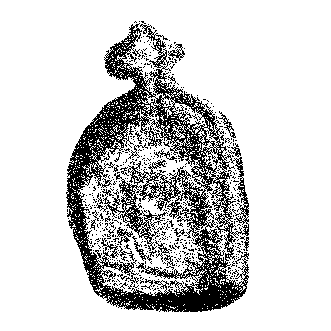 and the Roman scales and the Roman scales  (mark of the currency’s commissioner Romain Coenen). (mark of the currency’s commissioner Romain Coenen). The Belgian coins are not of great originality, they represent the right profile of the King Albert II.  Belgium had to modify twice its national sides in order to respect the recommendations of Brussels: Belgium had to modify twice its national sides in order to respect the recommendations of Brussels:
- In 2008, so that are reproduced on the coins a clear identification of the country (either complete name of the country or its initials) and so that the 12 stars are laid out in the same way that on the European flag. The Royal Mint took advantage from these changes to add its two mintmarks and to slightly modify the profile of King Albert II. From now on, one will find on the Belgian Euro series, in addition to these two mintmarks, the initials BE. All these additions were placed as well as the year and the crowned “A” inside the inner section, the stars occupying from now on the entire outer ring. Nevertheless, it is to be noticed that these two mintmarks are already reproduced on the commemorative coins (the €2 commemorative coins included) for some time, since the first one in 2005.
- In 2009, after the modifications realized on the profile of the King in 2008, the Royal Mint had to reverse because the last modifications in the recommendations on Euro issues (See: Journal Officiel de la commission Européenne n°2009/23/CE - in French), it is authorized to modify the profile of a Head of State only every 15 years in order to take account of its change of appearance. Of course the other modifications (mintmarks, date…) are still topical.
| From 1999 to 2007 | 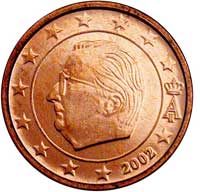 |  | 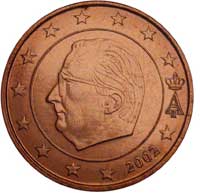 | 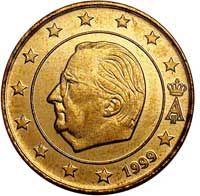 | | 1 cent | 2 cent | 5 cent | 10 cent | 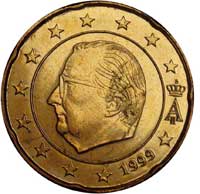 | 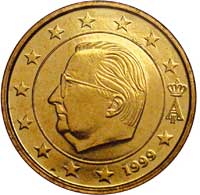 |  |  | | 20 cent | 50 cent | 1 euro | 2 euro | | From 2008 on |  |  |  |  | | 1 cent | 2 cent | 5 cent | 10 cent | 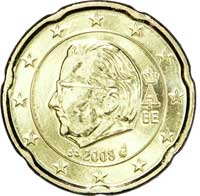 | 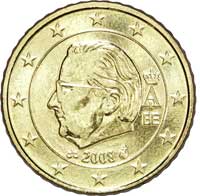 | 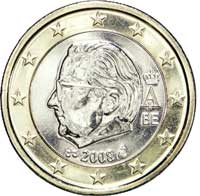 | 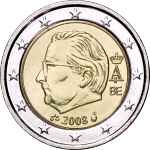 | | 20 cent | 50 cent | 1 euro | 2 euro |
€2 euro commemorative coins Belgium issued a €2 commemorative coin each year since 2005. From 2006 on, on the Belgian €2 commemorative coins, one can see figuring the letter B or the name of the country:
| €2 commemorative coins | | 2005 |  | Belgium-Luxemburg Economic Union | | 2006 | 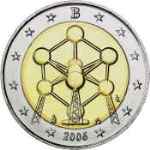 | Atomium of Brussels | | 2007 |  | 50th anniversary of the Treaty of Rome (Common issue of the 13 countries) | | 2008 | 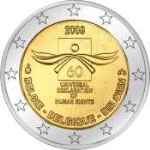 | 60th anniversary of the Universal Declaration of Human Rights
| | 2009 |  | 10th anniversary of EMU (Common issue of the 16 countries) | 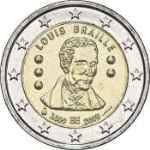 | 200th anniversary of the birth of Louis Braille |
Belgium takes part in the Benelux issues to which it belongs, and issues to a significant degree non-circulating commemorative coins. The country letter of the Belgian banknotes is the Z. Contact E-mail: pays@amisdeleuro.org Links - website of the Royal Belgian Mint
Top of page |
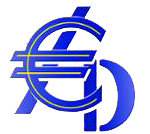 AD€ - Les Amis de l'Euro
AD€ - Les Amis de l'Euro



















